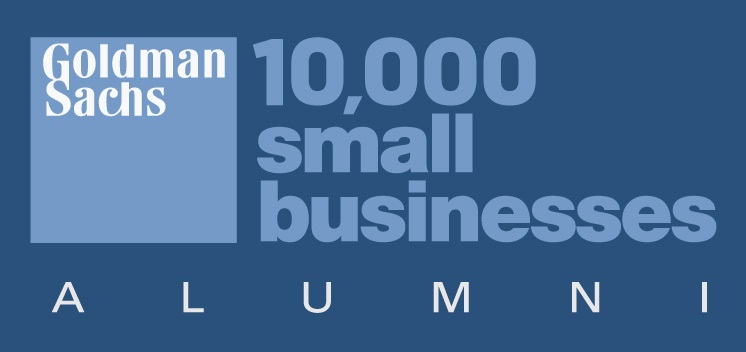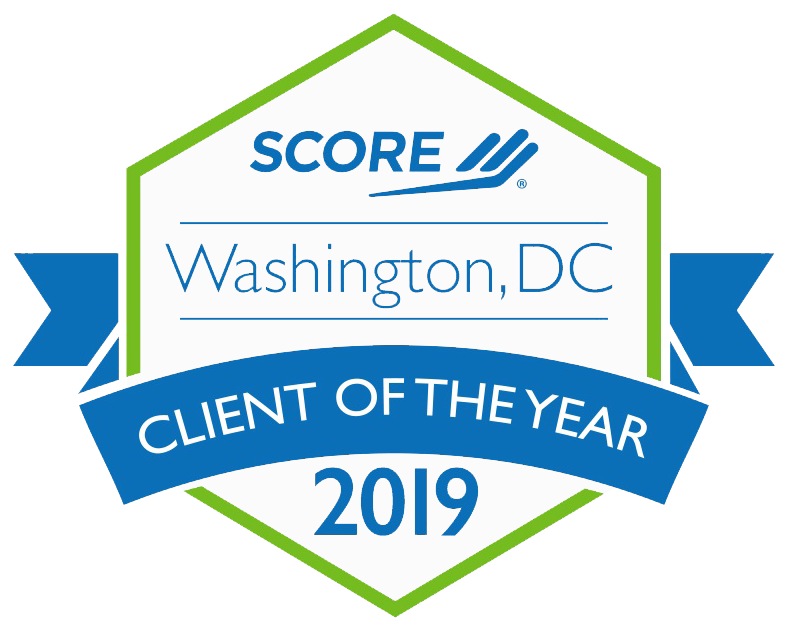In a recent post, we covered each stage of the grant life cycle from an applicant’s perspective. To bring this topic full circle, we thought it would be beneficial to highlight each stage of the grant life cycle through the lens of a grant-maker. While the stages of the life cycle remain consistent on both sides, the processes and administrative work will be different. For applicants, this can include researching grants, completing applications, and follow up communication. For grant-makers, tasks will include setting up the grant, dispersing grant funds, and ensuring funds are being utilized effectively.
Below, we’ll list out the responsibilities and duties required of grant-makers throughout each stage of the cycle, and how each stage can be optimized.

As always, the three stages of a grant life cycle remain the same: pre-award, award, and post-award phase.
Stage 1: Pre-award
For grant-makers, this stage involves everything that happens before an applicant is selected. This includes processes for how a grant is rolled out, what the application will look like, and how the application will be reviewed. Before any announcements are made, it’s important to meet with key stakeholders to establish implementation guidelines. You might discuss the source of funding for the grant, who will be able to apply, and what objectives you’re looking to accomplish. The more transparent this is to key stakeholders and applicants, the easier the life cycle will be.
This stage also includes collecting applications and conducting a review process. When creating the application form, make sure you’re being succinct. You don’t want to overwhelm the applicant, and this makes it easier to review as a grant-maker. Consider utilizing tools like eligibility quizzes, flexible form builders, and integrated payment processing to optimize submissions. Once you’re ready to review, have a rubric in place to score applications. This will create consistency and avoid bias among reviewers.
Stage 2: Award
This phase includes the act of rewarding the grant, sorting out final agreements and allocating funds. Once the applicant is notified, an agreement will be sent out that must be signed by both parties. Once signed, the funds can be dispersed. This is typically the shortest phase of the grant life cycle.
Stage 3: Post-award.
For a grant-maker, this stage means ensuring that all expectations and requirements have been met by the applicant. The applicant should have a clear understanding of how to report their progress, and this stems from top down guidance and support from the grant-maker. In addition, take this time to reflect on the grant’s success. Did you hit goals for applicant numbers? Are there application restrictions you should have added? Take these findings and use them as leverage for future projects.
We hope these guidelines empower grant makers to roll out their grant opportunities with confidence and organization.
RBW Strategy’s mission is to provide public-serving organizations of any size with high-quality, customized strategic fundraising consulting services. Whether it involves devoting extra hours to respond to COVID-19 related opportunities, brainstorming on a program concept, or gathering information and data from team members, we have been there, done that, and have found ways to make the work less complicated. Contact us today to get started!





